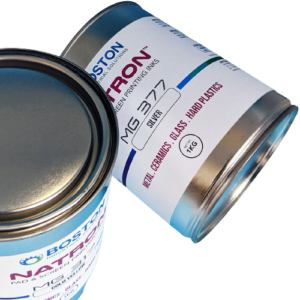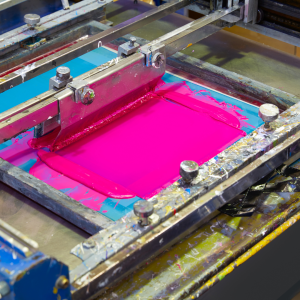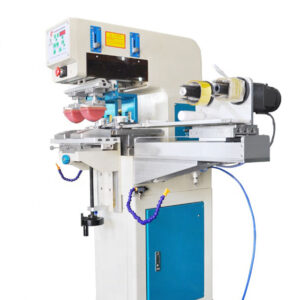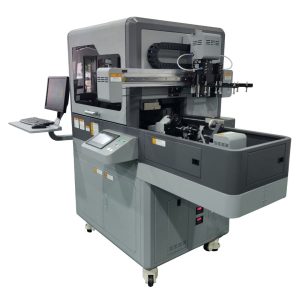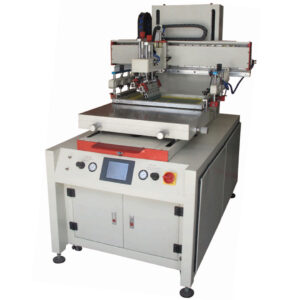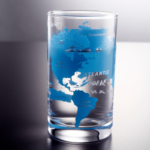Digital inkjet printing continues to revolutionize printing, and as a result, many signage companies are in search of adhesion promoters to achieve the perfect print on glass. But what is the perfect print on glass? The answer to this question varies depending on the use and personal preferences. However, we know that we can all agree that the perfect UV print on glass must have a balance of clarity, vibrancy, and durability.
While there are many types of glass, many decorators tend to confuse acrylic (acrylic glass or plexiglass) with glass. These two materials are completely different and behave differently. Glass is made from natural materials such as sand, while acrylic is derived from acrylic acid or methacrylic acid. In this article, we will focus on glass drinkware rather than acrylic (plexiglass). If you’re interested in acrylic adhesion promoters, check out the M74F and M87 UV adhesion promoter.
The drinkware market uses glass due to its impermeable and non-reactive nature. Additionally, glass doesn’t impart any flavors or odors to the liquids stored inside. Not to mention, glass is easy to shape into various sizes. This versatility leads to a wide range of applications for glass. Examples include pint glasses, beer bottles, wine bottles, alcohol and spirit containers, etc.
While glass is an excellent material for the beverage industry, printing it is challenging. Achieving optional adhesion with UV inks and digital UV printing inks is challenging. As a result, this calls for pre-treatment options. These printing adhesion pre-treatment options include the following examples:
- Wipe-on UV glass adhesion promoter.
- Spray on glass UV adhesion promoters.
- Jettable adhesion promoters (UV jettable primers)
- Flame treatment.
- Pyrosil,
- Mechanically automated pre-treatment systems.
Digital inkjet machines for the perfect print on glass
Pre-treatment is the first step in digitally decorating or printing on glass with UV-based inks. For digital printing, cylindrical inkjet printers such as the Gryra® produce impressively long-lasting prints. For UV screen printing, you need a cylindrical screen-printing machine such as the Volta S300C.
To get the perfect UV print on glass, it is important to use the best UV inks for glass, such as the Natron 314 Series of the 160 Series UV inks. These ink series are compatible with all Ricoh Gen 4 and Gen 5 printheads. For companies looking to streamline the printing process, it is important to consider investing in UV printer machines with primer capabilities. This reduces waste and application costs.
Discover more about our glass cylindrical inkjet printer line.
Glass adhesion promoter: Natron® G1
The Natron® G1 for glass adhesion is a one-component primer that is applied manually or via spray to glass. This primer acts as a “foundation” for UV ink to better adhere to glass. This is the solution for many decorators looking to achieve the perfect print on glass.
Simply wet a cloth and wipe it onto the glass. Allow it to dry in less than two minutes, and then print. The G1 glass primer will dry clear. However, in certain cases, you might see cloudiness or streaks. These are two problems that arise when you apply too much glass primer. To resolve this problem, use a dry cloth to “buff” the cloudiness or streaks. Once done, the glass is ready for printing.
Boston Industrial Solutions, Inc. manufactures world-class digital printing machines, UV inks, silicone inks, and many other printing inks. Additionally, we offer exceptional customer service and support for all our products—we are available 24/7 to make sure that your printing operation runs smoothly.
Where to buy adhesion promoter for glass: click here.
Related material
Primer and Pre-treatment methods for glass
If you have more questions about printing on glass, please visit our YouTube channel or our support hub.


